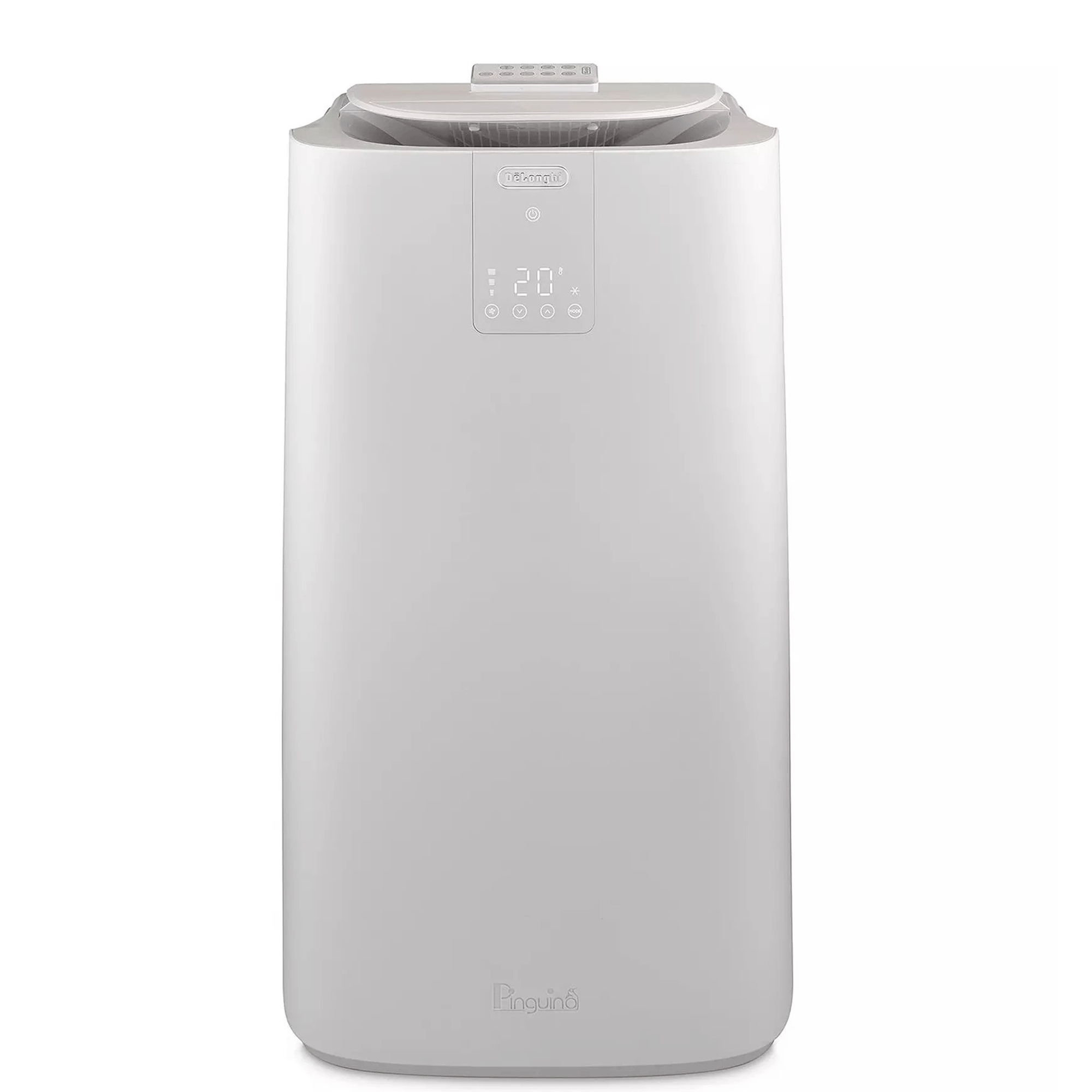How do portable air conditioners work? Experts break down how they cool a room and what features to look out for if you're considering buying one
Everything you need to know before buying one...
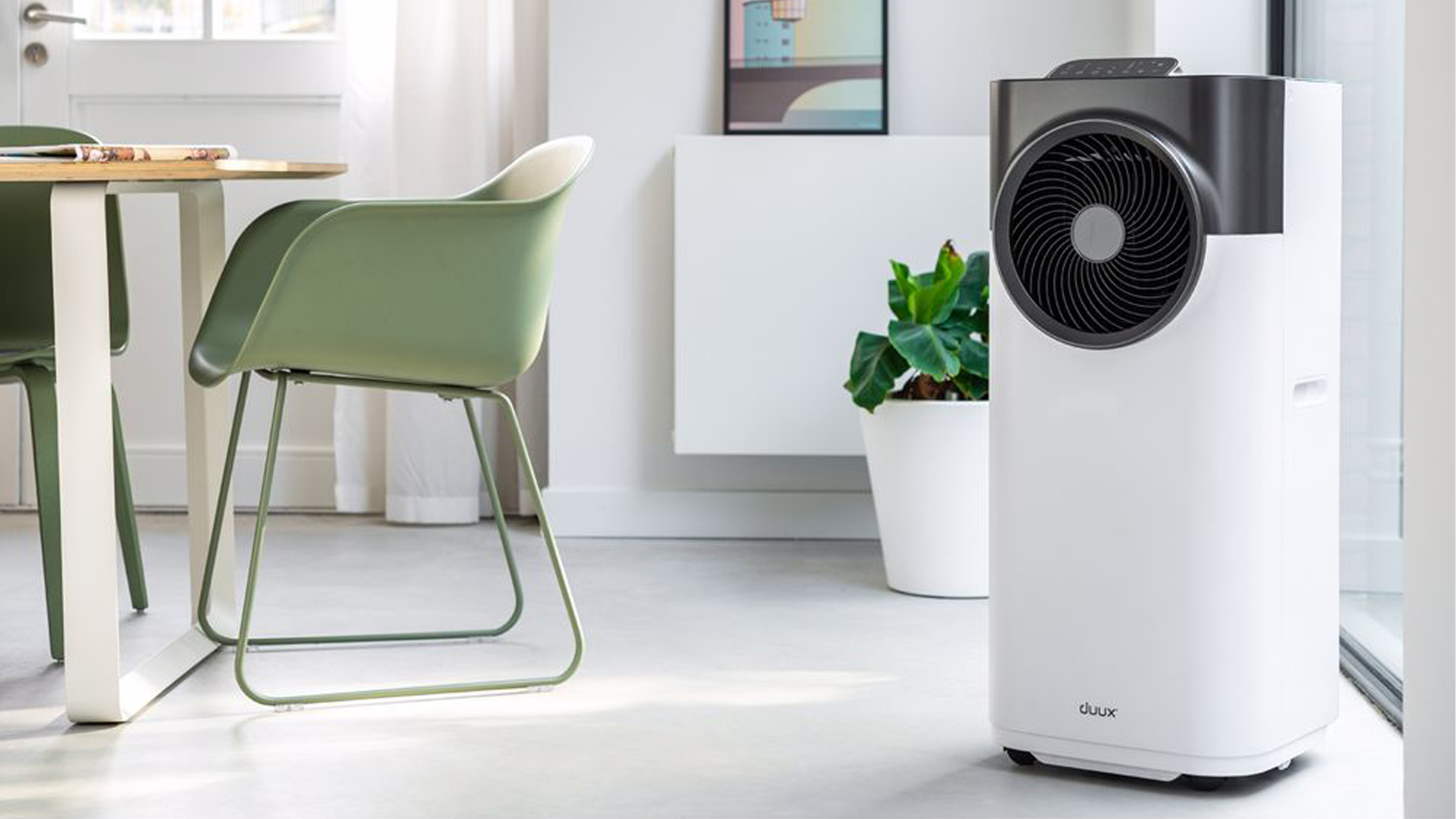

You don't need me to tell you it's hot out there at the moment, and it seems like everyone out there is trying to get their hands on the ultimate home cooling gadget out there: an AC. But you might be wondering how they actually work before hitting the checkout button.
With UK heatwaves getting hotter and longer, demand for quick cooling solutions is surging, and the best portable air conditioners are a great alternative to fitted, full-scale air conditioning, whether you rent or simply have limited space to play with.
So if you're considering getting your hands on one this summer, but want to understand how they work first, we've asked the experts for all the intel. Here's how portable air conditioners work, in simple terms.
How do portable air conditioners work?
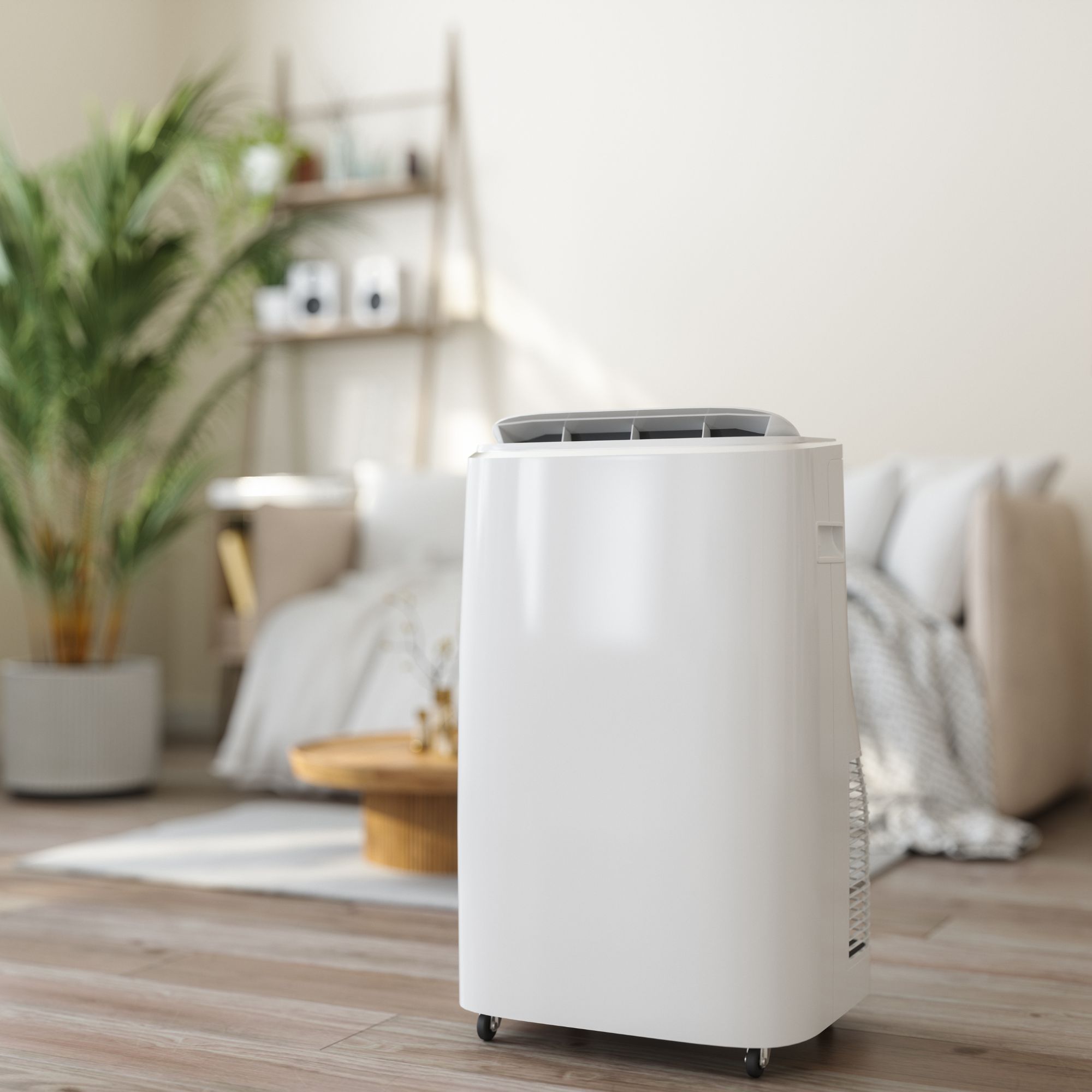
At their core, portable air conditioners work just like built-in or window-mounted units, only they're designed to sit on the floor and roll from room to room. Inside the unit is a refrigeration cycle that cools and dehumidifies the air, then vents the hot air out through a hose connected to a window kit.
I asked Katie Lilywhite, air treatment expert at AO.com, how air conditioners actually work.
'Simply put, air conditioners remove heat from your room and leave the indoor air cooler. Warm air is drawn in through its vents before being blown across cold evaporator coils filled with refrigerant,' explains Katie.

AO's latest addition is Katie, a key expert at a multitude of appliances, including portable air conditioners, fans, air purifiers and dehumidifiers.
'This absorbs the heat and cools the air before blowing this now-cool air back around the room. Some units can also remove excess moisture from the air as they cool – which can help to make your room feel less muggy.'
Sign up to our newsletter for style inspiration, real homes, project and garden advice and shopping know-how
'At the same time, excess moisture is either collected in a tank, drained off through a hose, or evaporated and vented out with the hot air, depending on the model,' adds Chris Michael, Chair at Meaco.

Chris has been advising on humidity solutions and dehumidifiers since 1991 and is well known within the dehumidifier industry across the world as a lead on innovation and sustainability. With a wealth of experience in the industry, Chris is committed to helping provide low-energy and low-noise solutions appliances that improve the lives of customers.
Do portable air conditioners have to be vented out a window?
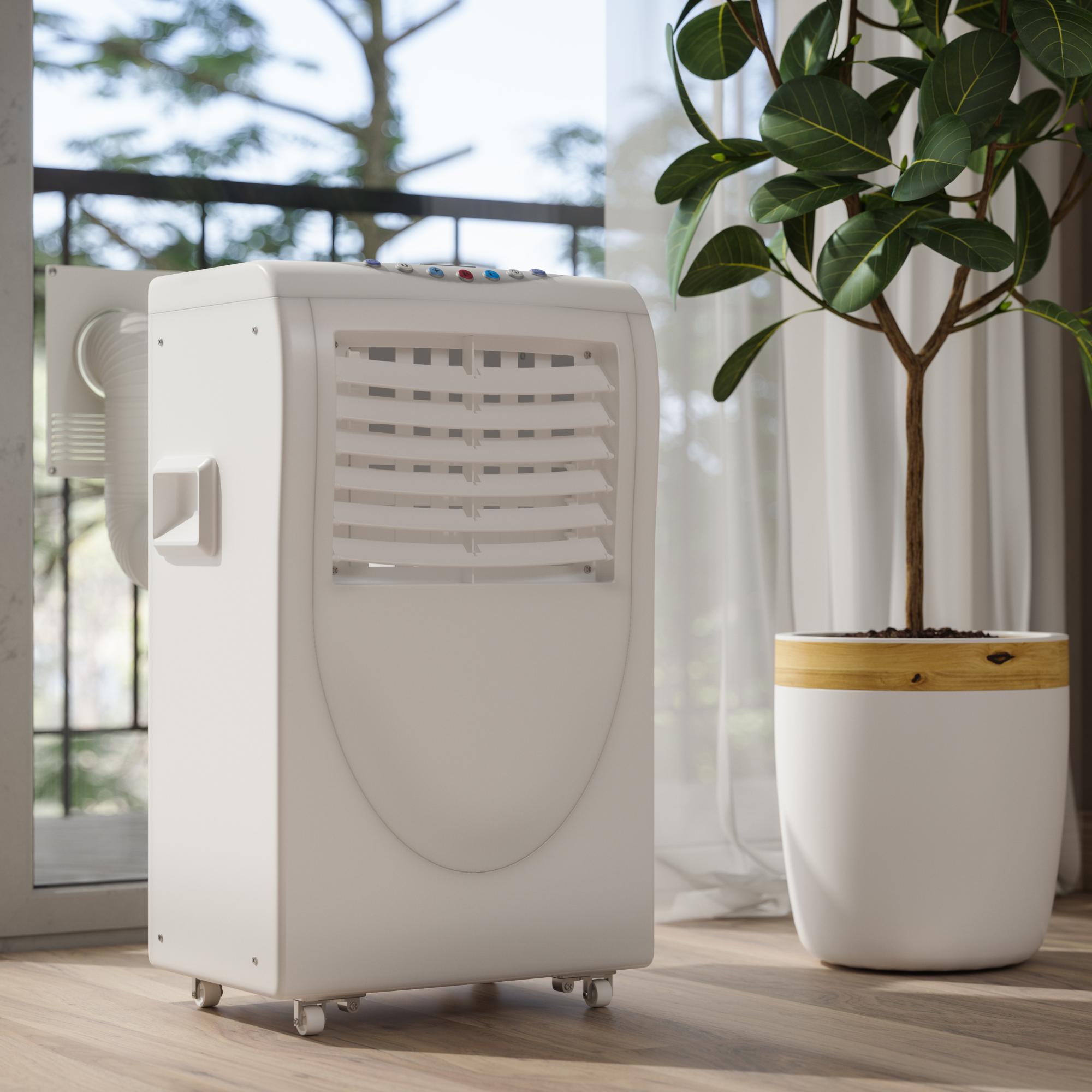
The short answer is yes, they do need a hose to vent the hot air from inside, outside. If there is no hose, the unit is more like an air cooler, which uses water and evaporation to lower the temperature slightly but doesn't truly 'condition' the air.
'Air conditioners do have to be vented, as all the heat the appliance pulls through has to move somewhere. If you do not vent this air, then the unit will blow cool air from the front while releasing hot air out of the back, right back into the room,' explains Katy.
'There are some options if you’re looking to vent this from your home. You can choose to vent this through a window or perhaps through a wall vent if your external wall has one handy. But for most homes, a window venting kit is the most practical and effective solution.'
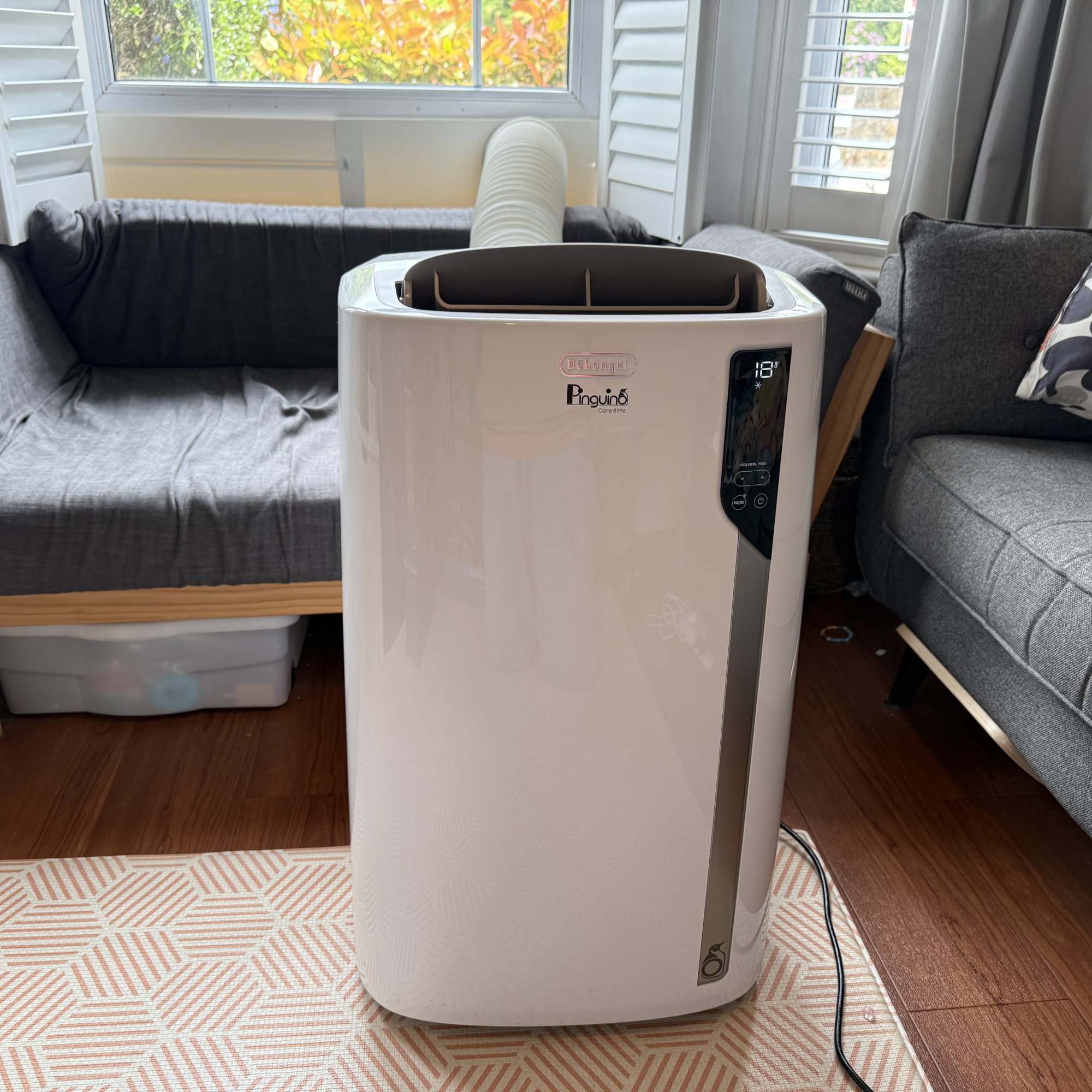
'Without proper venting, the unit will simply circulate warm air and won’t cool the space effectively,' explains Chris.
'Most models include a window kit to help with installation. It's important to check which type of kit is provided before buying, to make sure it suits your window type.'
Portable air conditioner comparison: single hose vs dual hose
Katy explains that single-hose models have one hose to vent hot air from the appliance and work by drawing air from your room, cooling it through their system, then venting this out.
'Single hose models do tend to be cheaper and lighter than their dual counterparts but lack a bit of power to cool particularly hot rooms,' she adds.
'Dual-hose air conditioners have a lot more power – one hose to pull in outdoor air and the other to vent this back out.'
'This can reduce the negative pressure created by single hose units, making them more efficient in some settings, but they’re typically more expensive and bulkier,' adds Chris.
However, 'if you have a larger space or a hotter climate to tackle, they’re more than worth the upgrade,' says Katie.
Top portable air conditioner features to look for
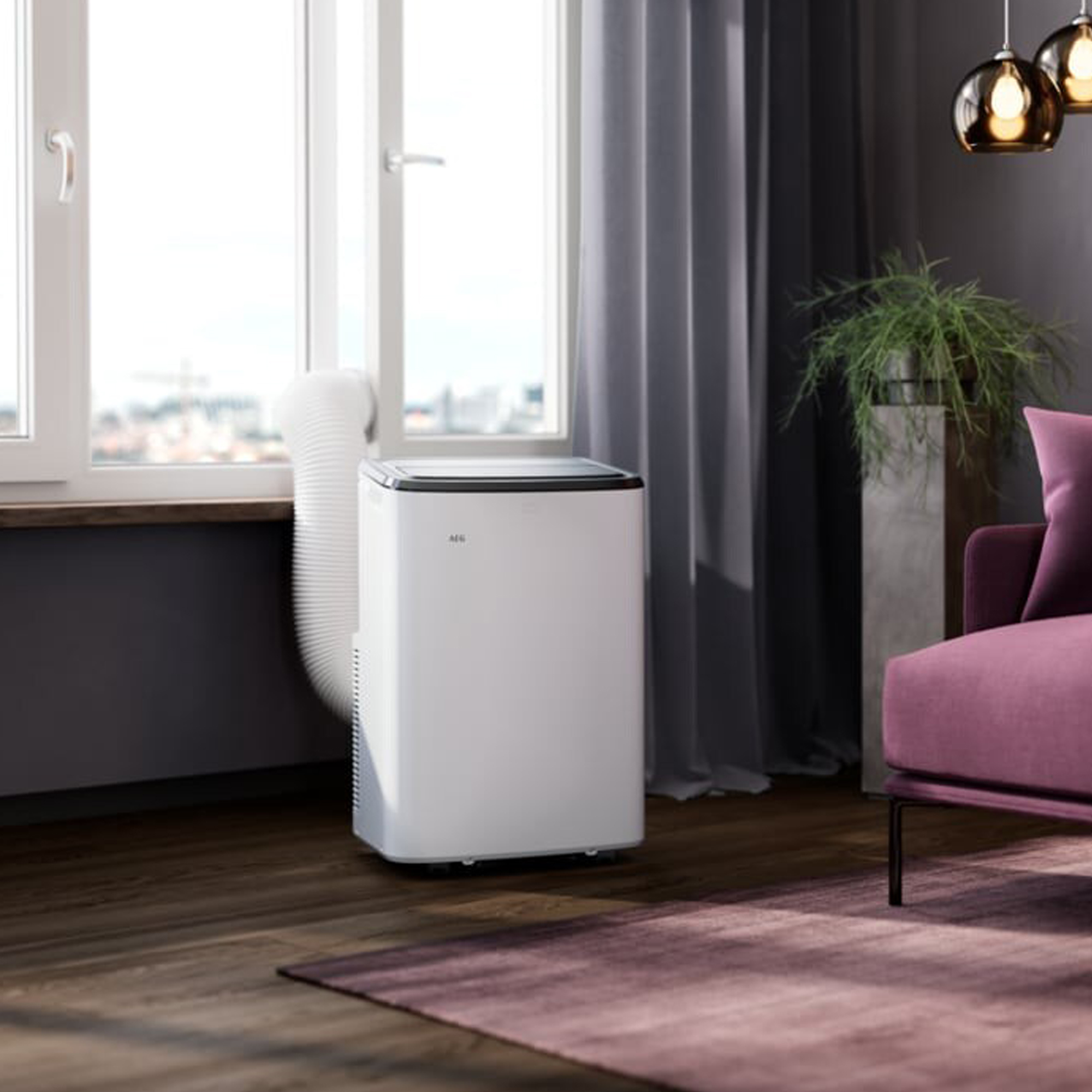
'When you’re in the market for a new air conditioner, the first thing to be mindful of is the unit’s BTU rating. Ultimately, this tells you the appliance's cooling power, so the more BTUs, the better its rate of cooling,' explains Katy.
'There are also some air conditioners that can double up nicely as a dehumidifier with ‘dehumidifier mode’, which helps them pull moisture from the air – ideal for those extra muggy days.'
And when it comes to energy saving, Katie suggests that 'you can also save money on running this appliance if you look out for ‘timer’ or ‘sleep’ modes, which can help reduce its energy consumption while you snooze or head out.'
And if you're looking for an air conditioner for your bedroom or while you work at home, 'an air conditioner with quiet operation can be a great asset.'
Chris Michael, Chair at Meaco, has put together a handy features list:
- Energy efficiency for lower electricity bills.
- Sleep mode to reduce noise and energy use at night.
- Remote control for convenience.
- App enabled to cool the room on demand before they get home.
- Timer functions to set operating hours.
- Multiple fan speeds for personalised comfort.
- Dehumidifying mode to remove excess moisture from the air.
- Window kit compatibility to ensure that hot air is effectively vented.
What are the drawbacks?
Like most appliances, portable air conditioners are convenient, but they aren't perfect. They can be on the noisier side, are less energy efficient than fitted systems and take up a hefty bit of floor space. Plus, that exhaust hose can be quite the eyesore if not positioned neatly.
Shop top-rated air conditioners
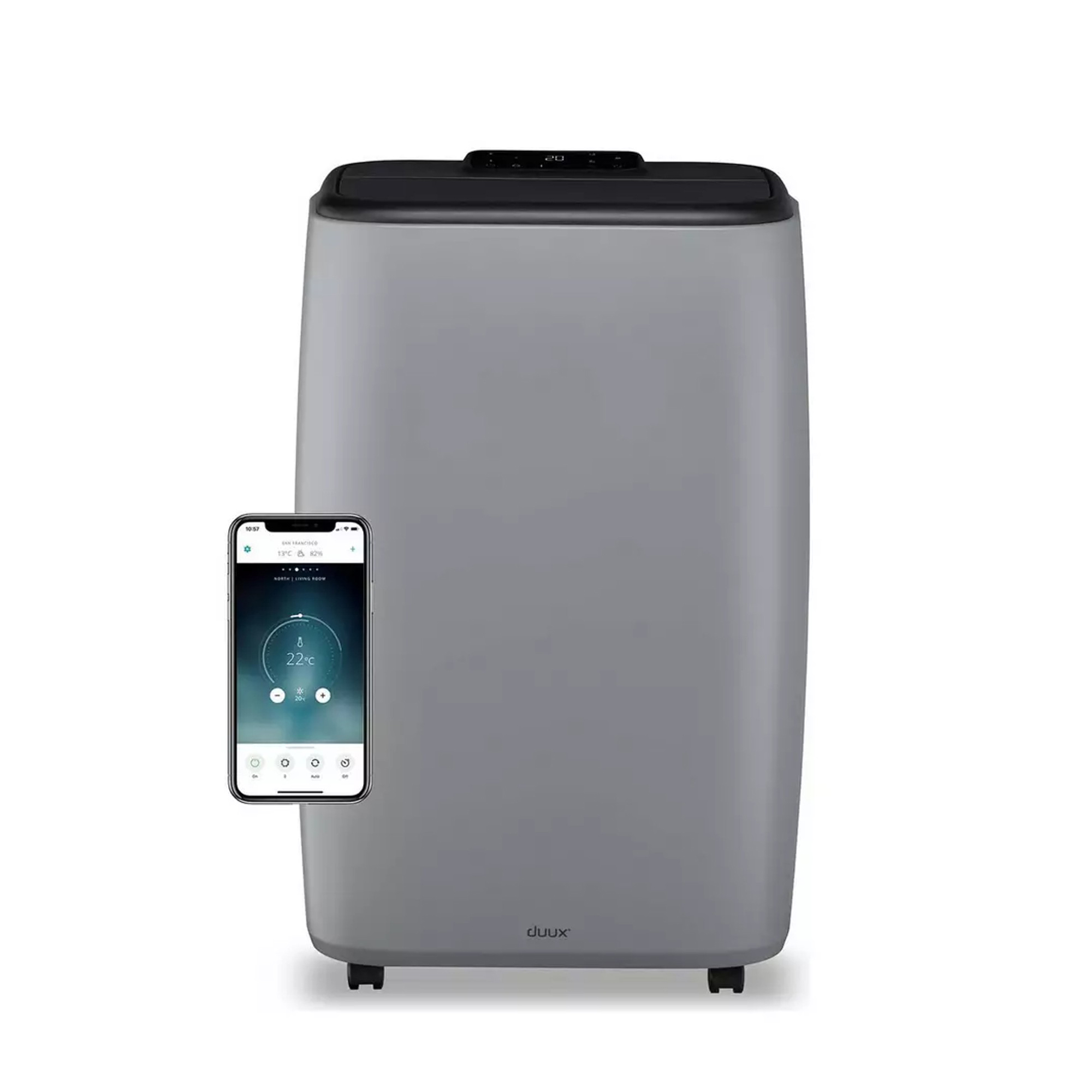
This stylish mobile air conditioner offers 3-in-1 functionality, WiFi connectivity, and comes with a remote control and window kit. Our tester found it lacked a little power and was on the noisier side, but it uses less energy compared to many models, which is a definite plus.
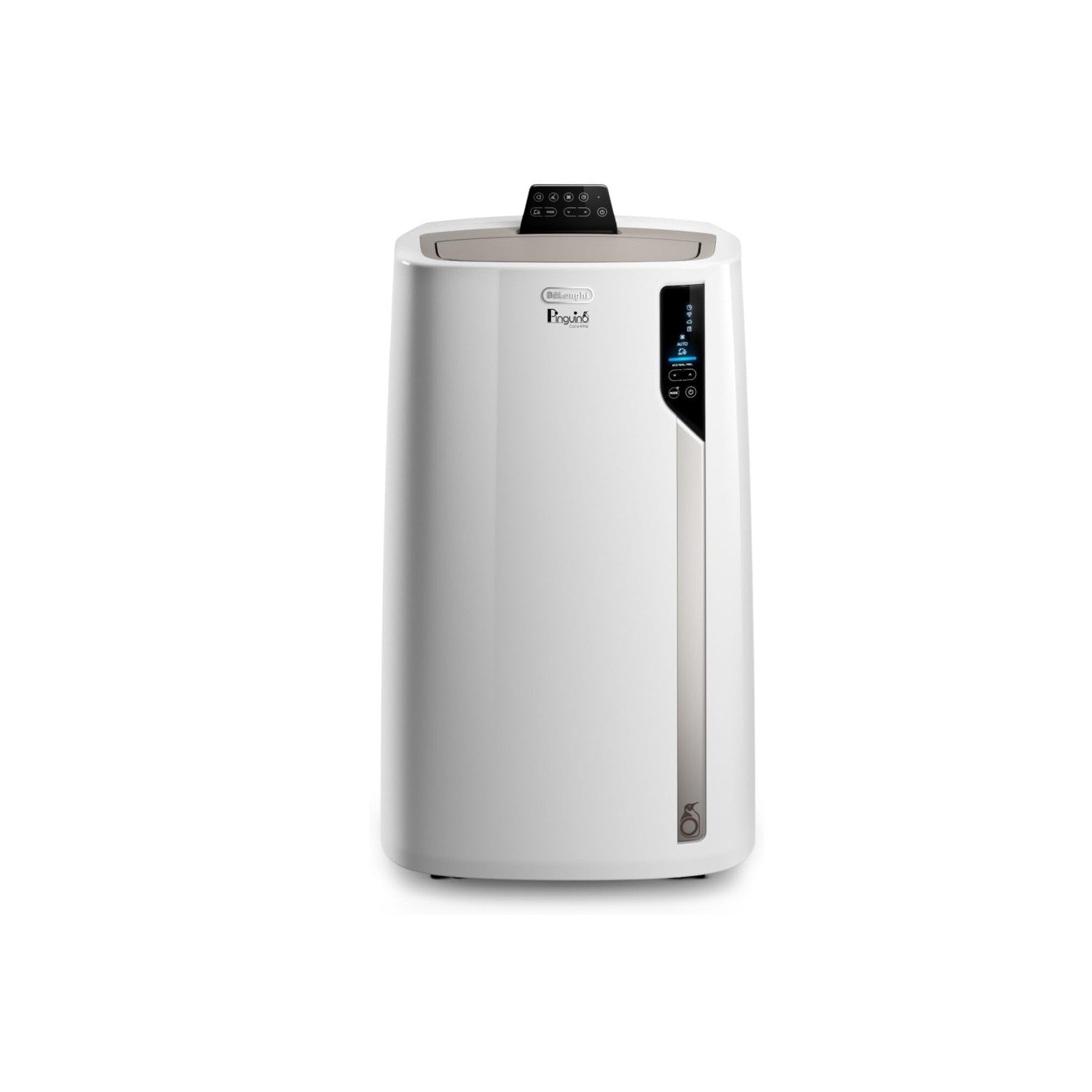
One of the team recently tested the Delonghi Pinguino Care4Me and they found it to be a powerful cooling unit. It has lots of brilliant functions, including a super quiet operation, making it perfect for home offices and bedrooms.
Have you invested in a portable air conditioner yet? Or are you considering fitted air con instead? Find out if air conditioning is worth it in the UK.

Jenny is Senior Digital Editor and joined the team in 2021, working across Ideal Home, Real Homes, Homes & Gardens, Livingetc and Gardeningetc. Since getting on the property ladder, her passion for interior design and gardening has taken on a new lease of life. She loves collecting and salvaging unique items (much to her other half's despair) but sniffing out stylish home bargains is her one true love.
